Driving in a foreign country can be a source of considerable apprehension and stress if you aren’t used to it, and even more so if you are driving on the opposite side of the road to what you are used to.
There comes the realisation that driving a car is not like riding a bike. Everything that comes automatically needs to be consciously suppressed and swiftly re-learned in reverse.
This may make the prospect of driving in and around Barcelona seem rather hairy, but by following some useful rules and guidance from this article by ShBarcelona, navigating the Barcelona traffic and Spanish roads should seem much less of an ordeal and help you get around safely.
Table of Contents
Keep right!
The first important, and hopefully stating-the-obvious, rule you must adhere to is driving on the right side of the road. There should be no doubts anymore on what side of the road to drive on in Spain.
This means that when you overtake you should do so on the left. When approaching a roundabout (which flows in an anti-clockwise direction), you will have to indicate right and give way to traffic coming round from the left.
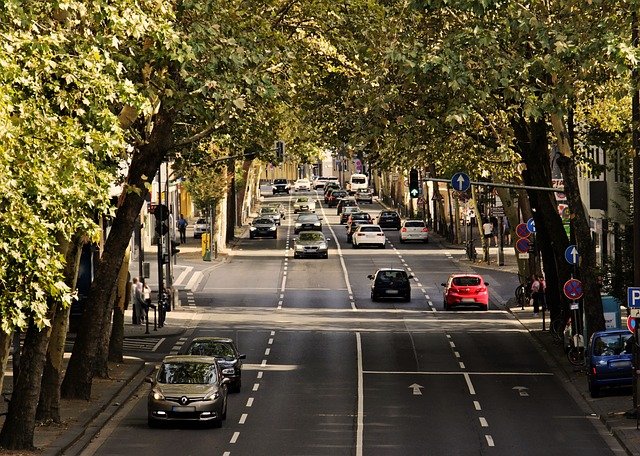


Photo via Pixabay
Roundabouts can be a little extra tricky due to the fact the Spanish tend to keep to the outside lane regardless of the exit they are taking.
Take care when joining motorways and dual carriageways as Spanish drivers are not known for being overly helpful in making way for incoming traffic, and you may need to come to a full stop.
Book your holiday accommodation in Barcelona
Driving in Barcelona city
Driving in a city like Barcelona has its own particular challenges. As well as scores of tourists and pedestrians spilling onto the roads, there are all the bikes and motos to be wary of.
In particular, it is important to keep your eyes peeled in for the motos weaving in and out of the traffic and which can appear out of nowhere. Keep checking and keep a safe distance.
What you will need when driving
First thing is first, a valid driving license! The minimum age for driving in Spain is 18 years old, and this holds for foreign drivers regardless of whether they are qualified to drive at a lower age in their country of residence.
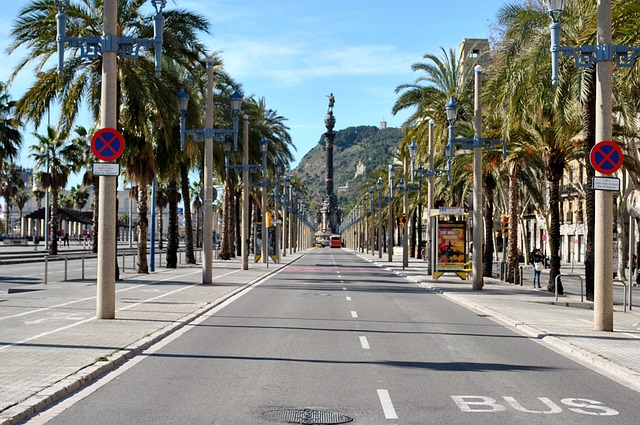


Photo via Pixabay
In addition, Spanish law requires you to carry the following items when driving. Failure to do so can result in a hefty on-the-spot fine:
• Reflective jackets – these are not actually mandatory to carry, however, they are compulsory for anyone walking on the road or hard shoulder
• Warning triangles – Residents must carry 2
• Headlamp beam deflectors
• A set of spare lights (lamps/bulbs) – however, it is no longer compulsory for vehicles to carry a set of spare bulbs and the tools to fit them
• Valid third party insurance policy
• Proof of ownership (VC5 document) – if the vehicle is not registered in your name, you should obtain a letter from the registered owner giving you permission to drive
Related article: How to Register a Car in Your Name
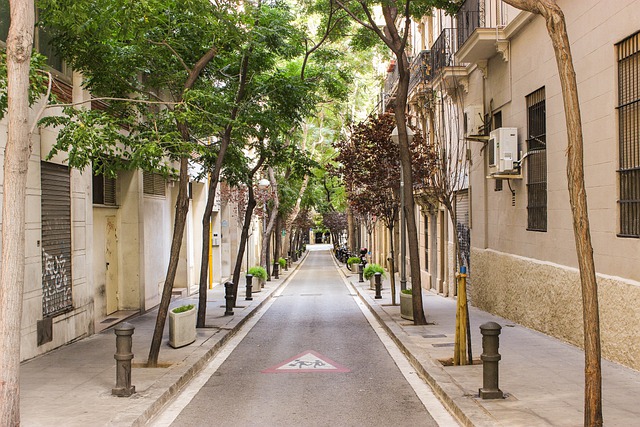


Photo via Pixabay
Fuel in Spain
Another essential item you will obviously need is fuel! Make sure you know the important vocabulary for when you are filling up at the petrol station:
- Gasolina – Petrol
- Gasoleo – Diesel
- Super or sin plomo 98 – Super, unleaded
- Sin plomo 95 – Normal, unleaded
Driving restrictions in Barcelona – speed limits and tolls
In Spain, the following national speed limits apply:
- Autopistas (motorways – identified by an A or E in front of the road number) and autovías (dual carriageways): 120kph (73mph)
- Roads with more than one lane in each direction: 100kph
- Ordinary roads: 90kph
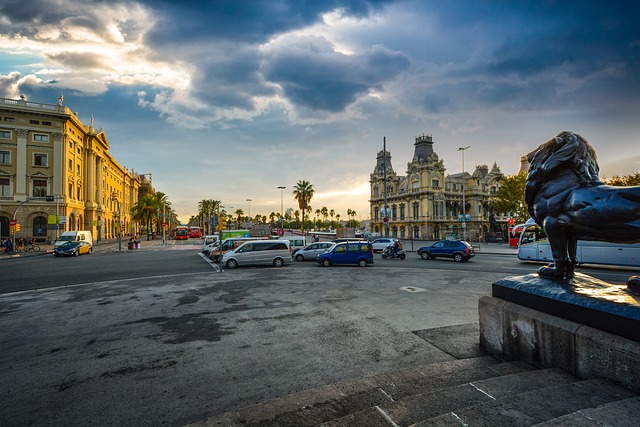


Photo via Pixabay
Toll/ Peaje roads
Tolls are levied on most Spanish motorways and are quite expensive, especially in summer when the rates are doubled.
The tolls are levied per vehicle, not the number of passengers. Open toll booth lanes will have a green arrow, closed ones will have a red cross.
Toll Payment Methods
- “Telepago”. A lane marked “T” is for drivers paying by telepago – that is, automatically with a special chip on the windscreen.
- Credit card – lanes for drivers paying by credit card are signed “automatico”
- Cash/ credit card – the lanes signed ”Manual” are those manned by an attendant who takes payment in cash or credit card.
The motorways in Spain, though expensive, are of high quality and generally not crowded providing you avoid rush hour times.
To avoid long queues when leaving Barcelona for a day or weekend trip, you should hit the road before the locals do – this means setting off before midday on Saturday and heading back before 6 or 7 on Sunday.
Rules of the road
Before you think about going off on a road trip, make sure you are well versed in the rules of the road. This is the best way to avoid unnecessary incidents or hefty penalties.
This means fastening your seatbelt, steering clear of alcohol (The limit is 0.5 milligrams of alcohol per millilitre of blood) and not using your phone while driving.
Related article: All You Need to Know on Parking in Barcelona
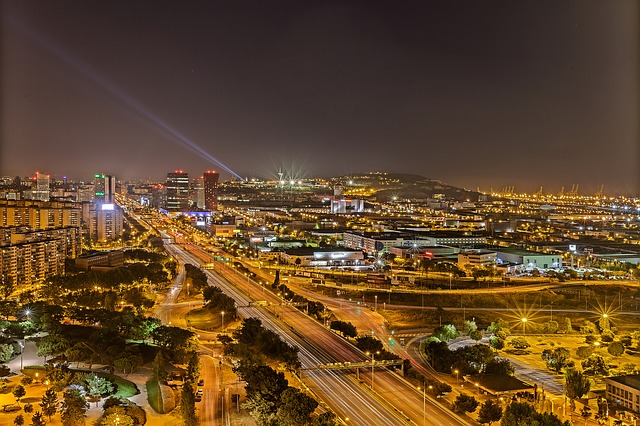


Photo via Pixabay
Parking in Barcelona
Parking is not allowed in spaces with yellow stripes. In Barcelona, there are plenty of underground car parks. There are also parking zones with meters across the city.
These spaces are marked in blue. There is usually a two hour maximum parking period and prices vary depending on the zone. Spain has one of the highest traffic accident rates in Europe. This is considered to be mainly due to speed.
So if you pay attention to the traffic rules, keep your wits about you and drive responsibly, you should have no problems dealing with the Spanish roads.
Find short-term rentals in Barcelona
Have you been driving in Barcelona city?
Share your best tips on driving and parking the car!









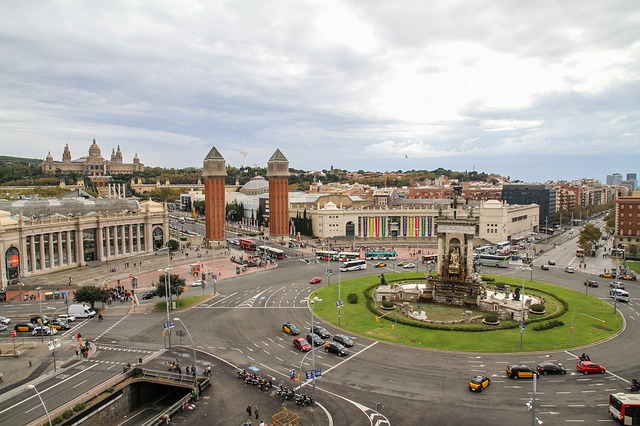


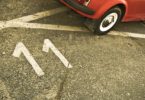
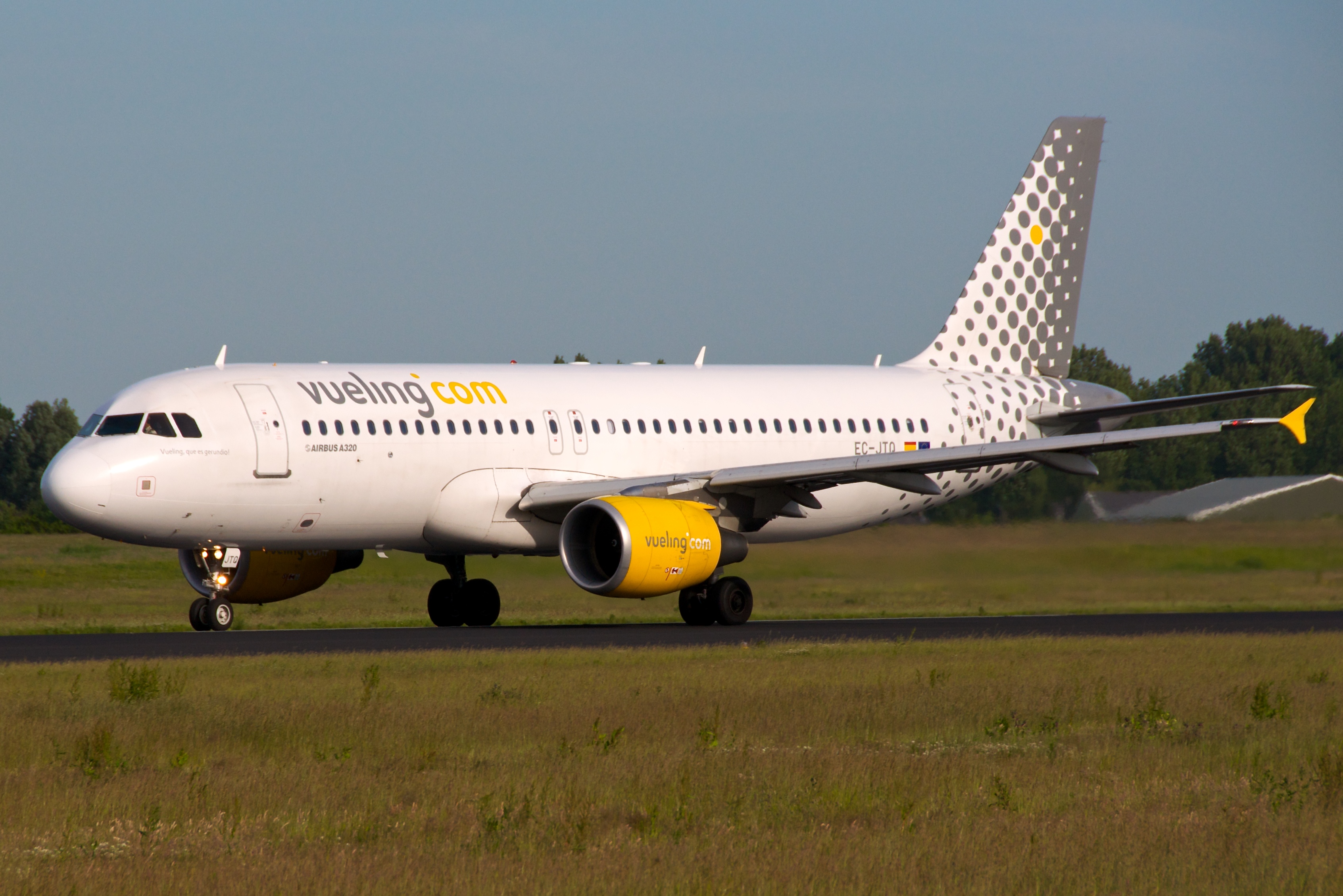
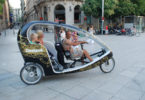
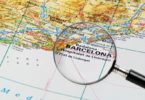
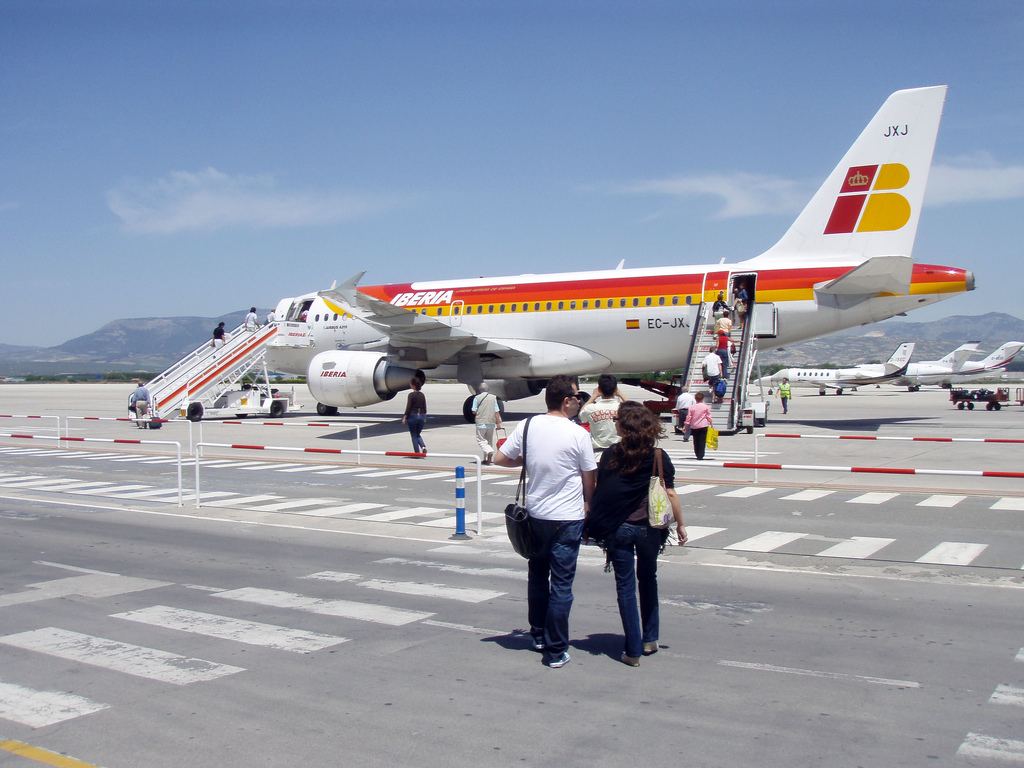
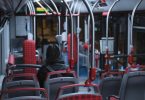
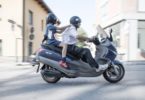
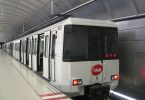
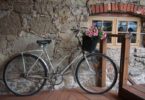

Leave a Comment